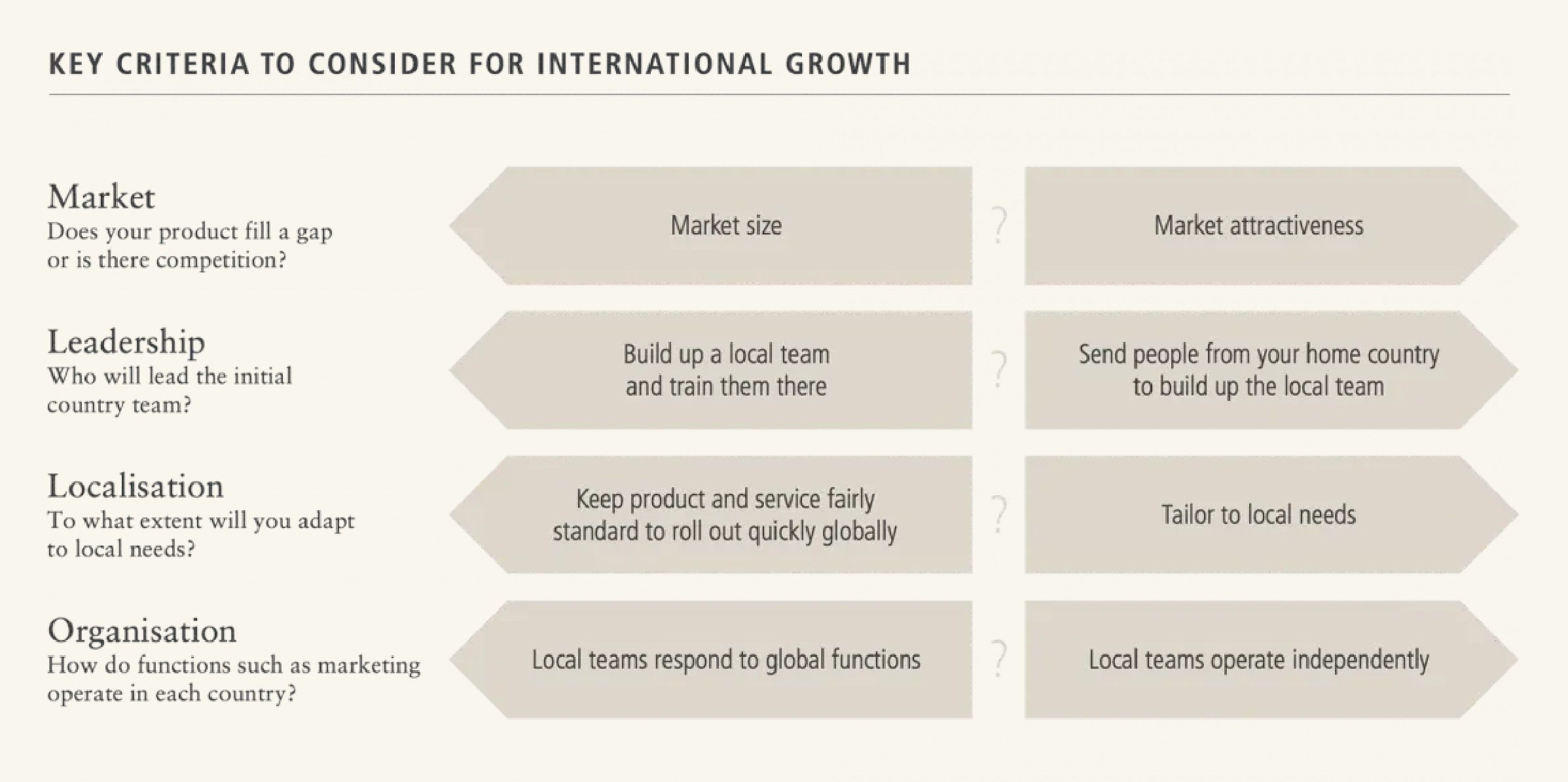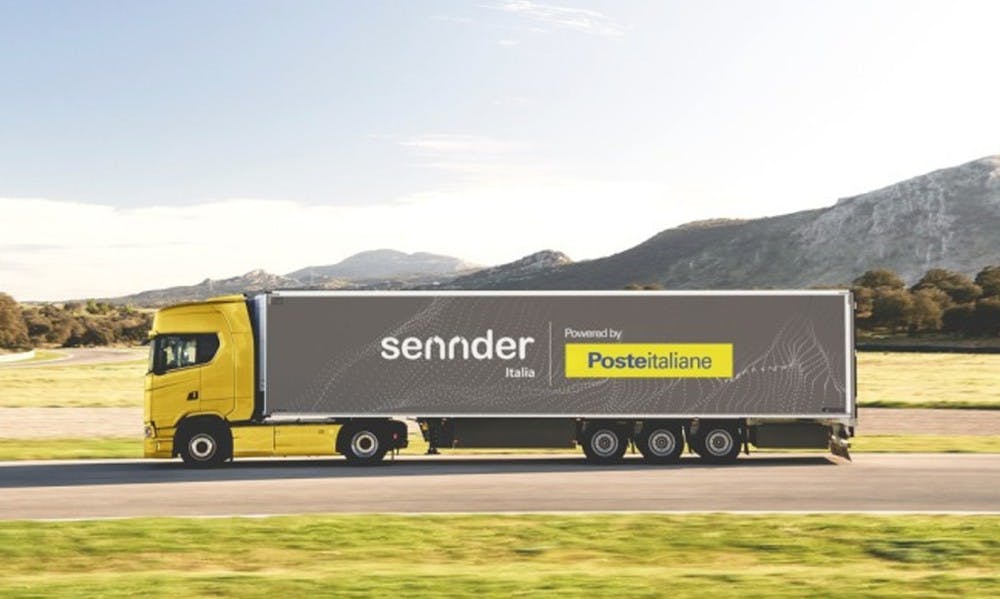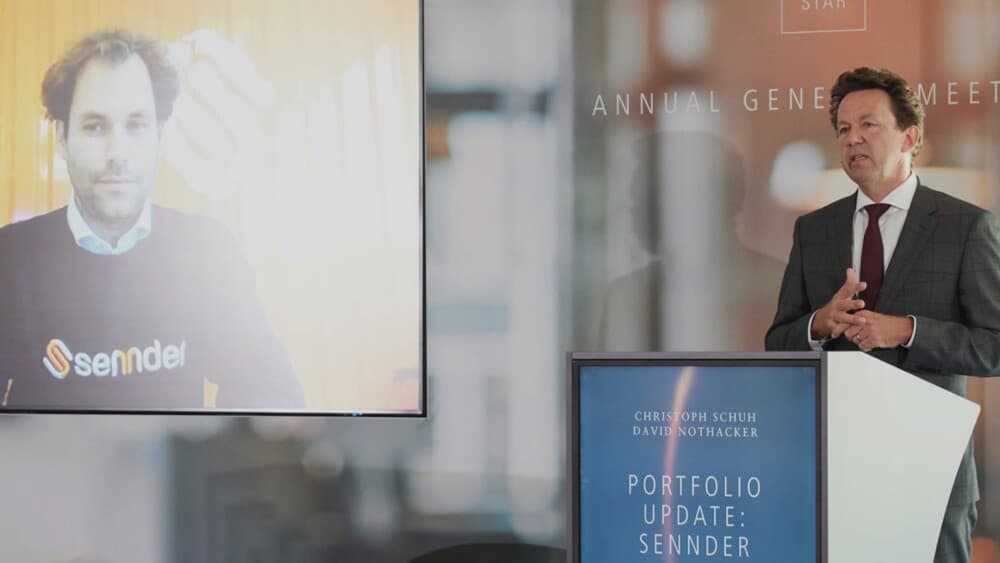Insights|
Make the leap: how start-ups can enjoy success in Going Global
Just because a company is performing well, has a great product and a top-notch team does not guarantee success when it tries to go global. Making an international push requires diligent research into the market, appointing key people to run local operations, designing the structure of the organisation, consideration of cultural fit and, of course, investment.
It all starts with the culture
Mika Salmi, Lakestar Managing Partner, believes that any company wishing to make a global impact needs to have the English language engrained in it from the outset. He says: “When I meet a company and ask ‘What do you do your internal presentations in?’, if they say ‘We do it in Portuguese’ I’ll tell them I’m not sure they are ready to go global because going global means hiring international people.”
This was advice that Javi Fondevila followed at Holded, which he co-founded. “When we started our business here in Barcelona we were aiming to build a global company and were presenting everything in English, even to Spaniards,” he says.
Appointing teams to run local offices requires particular cultural consideration. Some companies, such as sennder, identified leaders in target countries and brought them to its head office in Berlin for several months to learn the company’s way of working, technology and processes. These leaders then returned to their countries to open local offices.
Get the right people, and treat them right too
A multinational company will require a multinational workforce but Annet Aris, Professor of Strategy at Insead, says the right team is crucial: “That’s where a lot of international growth projects go wrong – the local teams don’t have top-notch people. Because of different culture, it’s often difficult for companies to assess the quality of local people.”
Once expansion starts, the company needs to keep a watchful eye on its local offices to make sure they are each treated fairly. This also requires clarity in communications, says David Nothacker, co-founder of sennder. At his company, “when we acquired Uber Freight Europe, the definition of the role of an account manager in Amsterdam was completely different to the one we used in Berlin where account managers had different skills. We had to communicate clearly to avoid people thinking that they didn’t have the right skill set for their role,” he says.
Choose your market carefully
It is tempting for a company to look to large markets such as the US and seek a slice of the American pie. Fondevila admits: “Emotionally, but not rationally, we wanted to go to the US as soon as possible because it’s a huge market of 350 million people connected by the same language, same social networks and same TV channels.” But even he concedes that the competitive landscape in the US made it a very expensive market to enter. “If we went in too early, we might just burn a lot of money and kill the company,” he says.
Using data and KPIs will help focus the search. Salmi warns against being “randomly opportunistic” and instead adhering to the targets you set yourself. Fondevila also advocates rigorous use of data, down to a very granular level, to identify optimum markets. After you launch into a market, having a data team will provide insight on issues such as what targets you are hitting and missing, and why.
Sometimes though, opportunities will just appear. Sennder’s decision to enter the French market was prompted by an inquiry of one of Europe's largest eCommerce retailers, one of the freight forwarder’s main customers in its home German market. “They called us and said ‘Can you do what you’re doing in Germany also in France as we’re struggling to find trucks?’ ”, says Nothacker. “We said ‘Of course’ because back then, our motto was that if they asked us to ‘Jump’, we asked ‘How High?’. So overnight, we jumped to France.”

Localisation: big versus small
Running a centralised operation has the advantage of instilling homogeneity, but that assumes that all markets operate in the same way and at the same pace. Some products and therefore processes will require localisation. Aris warns against simply performing a “copy/paste” of home country experience. “Start-ups are often too optimistic about the extent to which they can keep their products, services and marketing approaches the same. You need to look at greater localisation than you thought beforehand,” she says.
For some companies, localisation is irrelevant. Fondevila points to GitHub: “It’s sold in English to a community that speaks English and it’s connected online through an English network. It doesn’t need to localise its product.”
Most companies, though, will require some differentiation to address specific needs, which may in turn dictate the level of autonomy that the local office will enjoy. Nothacker admits that he initially attempted to keep on top of the growing complexity of having international offices by running everything out of Berlin. “But we learned that in order to unlock a business relationship you need to be present locally. We have to make sure that we act and think centrally in the best interest of the company, while ensuring that we have local presence and local connections,” he says.
The issue of how responsibility is divided between the local offices and the home office is therefore a balancing act. But start-ups can play to their advantage in this challenge, according to Henrique Cruz of Rows. He says: “One of the biggest advantages of start-ups and their expansion is just how fast they can iterate. The less you centralise on non-core areas, the faster teams can move in their own domains. When there’s not much pollution between the different geographies there is less need for things to be as consistent.”
How to grow
The international expansion plans for some start-ups rely on organic growth in each market. Others look to the M&A route. Making any acquisition a success presents challenges, but when the purchase is a foreign player there is the cultural dimension to consider. When sennder was given the opportunity to acquire Uber Freight “it was quite tricky because Uber likened itself to a team playing in the Champions League while we were a team in the second division”, says Nothacker. His solution to making the deal work was to establish a dedicated team to focus on culture from day one, identify action plans and ways to address concerns.
Companies looking to expand this way may consider whether they should target something small and cheap that might not be a significant force but could offer growth potential and a vehicle for learning about the market or to pursue a bigger or more expensive company that would have a greater impact on their business. One thing to consider, says Fondevila, is that “Going down this acquisition route is probably even more work than opening in a country, because everything happens in a very compressed timeframe.”
Rather than acquiring another company outright, some start-ups look to strengthen their place in an overseas market by incentivising key people from a rival to set up operations for them, bringing their important customers and contacts with them. For sectors that are driven by relationships, acquiring established companies or staff in target markets will give a firm foothold and valuable learning. Sennder holds “a reverse academy” for its acquisitions “to show the cool things they had been working on and that we could bring to sennder”, says Nothacker.
When to give up – and when not to
Long before Nothacker co-founded sennder he had an idea for another start-up. “It took me a year to realise that my first idea was not working. How did I realise this? We didn’t have a single customer.”
Start-ups inevitably make many mistakes, but the key point is to learn from them. This is where Salmi says KPIs are invaluable. “By identifying KPIs you know exactly when things are starting to work and if they aren’t, you know how to correct them,” he says. “This means being honest with yourself. Sometimes companies lie to themselves and think ‘It’s going okay; it’ll get better’, but if you have real numbers ahead of time, then you have to live by them.”
The driving force, adds Salmi, is commitment. “At business school you learn processes and in a start-up you sometimes end up doing something as a test. But going global is not about doing a test. It is commitment in terms of capital, attention, people, budget and board approval. It has to be something that everyone in the company realises is a big deal – that you are now going into new markets.”









